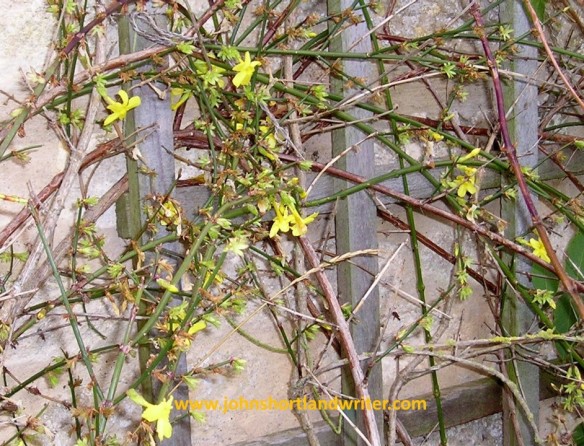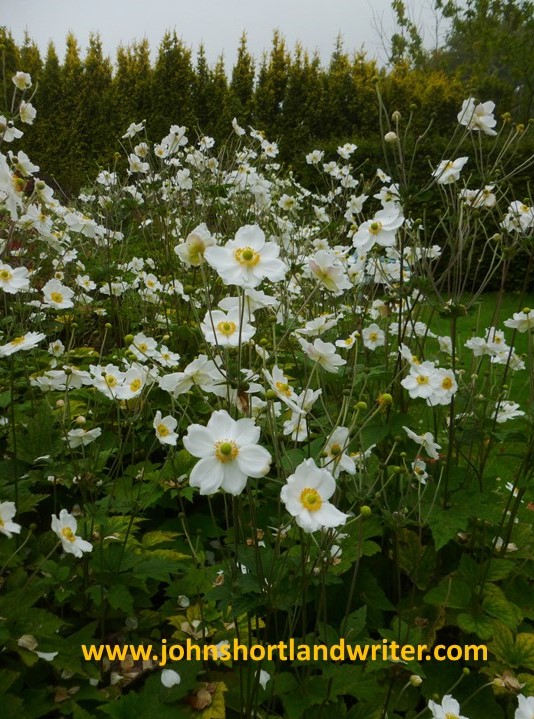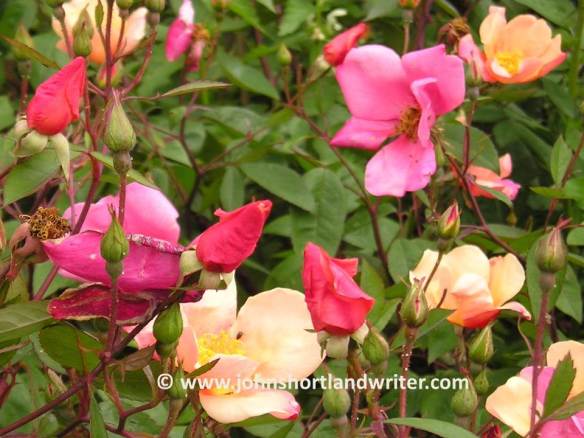The garden in winter; not the place where many of us loiter. Instead we race back to the house for a nice, warming cup of tea. On the way, we catch the scent from the Mahonia bush that thrives year after year on neglect. Hinting of lily-of-the-valley, it’s fragrant, primrose yellow sprays of flowers will continue to give pleasure until the spring, as will the white, winter-flowering honeysuckle. We stop just long enough to pick a few sprigs of jasmine, also pale yellow, to put in a vase. The list of so many of our favourite plants could go on and on.

Winter Jasmine, Jasminum nudiflorum
What do all these plants have in common apart from being easy to grow? They were all collected by a dour Scotsman in the mid-nineteenth century, Robert Fortune. Despite being garden favourites and he being heralded as one of the heroes of the Victorians his name today is all but forgotten. Even more remarkable, his discoveries changed society’s values, values that we now take for granted. And the cup of tea? Before Robert Fortune’s expedition to China, tea was an expensive commodity drunk only by the privileged few; soon it was to become the everyday drink of the masses.
In 1843, having shown great ability as a plantsman, first in Edinburgh and then at Chiswick, Fortune was sent to China with the instruction to learn about the practice of using bonemeal and to collect “tea of differing qualities.” Commissioned for twelve months with a salary of £100 plus expenses, he proved so successful that he travelled for almost twenty years. Upon his arrival, he disliked both China and the Chinese intensely; their dislike of him (and foreigners, in general) was even greater. They refused to tell him where to find plants.
Fortune, although rude and unsmiling, was also brave and on numerous occasions had to fend off thieves and pirates. Confined to his cabin, ill with a fever, his boat was abandoned and he was left to face his forty attackers singlehandedly. Firing into their midst he survived both the attack and the fever and continued to Shanghai. There he discovered the ‘Japanese’ Anemone,
Anemone japonica, growing in great profusion on disturbed graves. Now popular in the autumn border, anyone who has tried to eradicate it knows that the brittle root breaks to regrow in even larger numbers. The graveyard story gave us ample warning of this.

Japanese Anemone
It is for tea that Robert Fortune really deserves greater recognition. The gardens of the tea plant,
Camellia sinensis, were closely guarded by the Chinese. On a further expedition to China and disguised as a peasant, complete with shaved head and pigtail, he succeeded in sending over 100,000 seeds and seedlings to the East India Company. It was the foundation of an industry that would create great wealth for both individuals and Britain and reinforced the British belief in Empire.

Apart from the ‘tea’ camellia, Robert Fortune also introduced
a number of ornamental varieties
The winter-flowering Mahonia was also collected at this time. Believed to have magical properties it was almost unobtainable; in consequence, the entire stock of Mahonia in Europe and the USA descend from just three small plants. During Fortune’s fourth and final visit to China, Japan in 1859 opened its borders for the first time. One of the first Europeans to enter the country he collected large numbers of plants then unknown to Europe, including many types of chrysanthemum.

The purple berries of Mahonia appear after flowering
Robert Fortune’s legacy didn’t stop with the plants he introduced. The wonder his plants created when exhibited in London established the international reputation of the Horticultural Society as the centre of excellence. As the plants began to be distributed amongst the big, country estates the gentry started to take an interest in the growing of the plants themselves, something hitherto unknown. Soon they began to assist and then direct their garden staff, culminating in the revolutionary style of Gertrude Jekyll. Her approach is still a major influence on garden style and practice today. This, in turn, led to even greater demand for plants. To meet these needs, the horticultural industry worldwide is now a multi-billion pound industry. Amongst the thousands of plant types propagated for sale each year, Robert Fortune’s introductions are amongst the most popular and enduring.
recommended reading:
A Journey to the Tea Countries of China, Robert Fortune, 1852
Life in the English Country House, M Girouard, 1979
The Plant Hunters, T Whittle, 1970
The Plant Hunters, C Lyte, 1983
and, of course, Wikipedia








Comments
Post a Comment